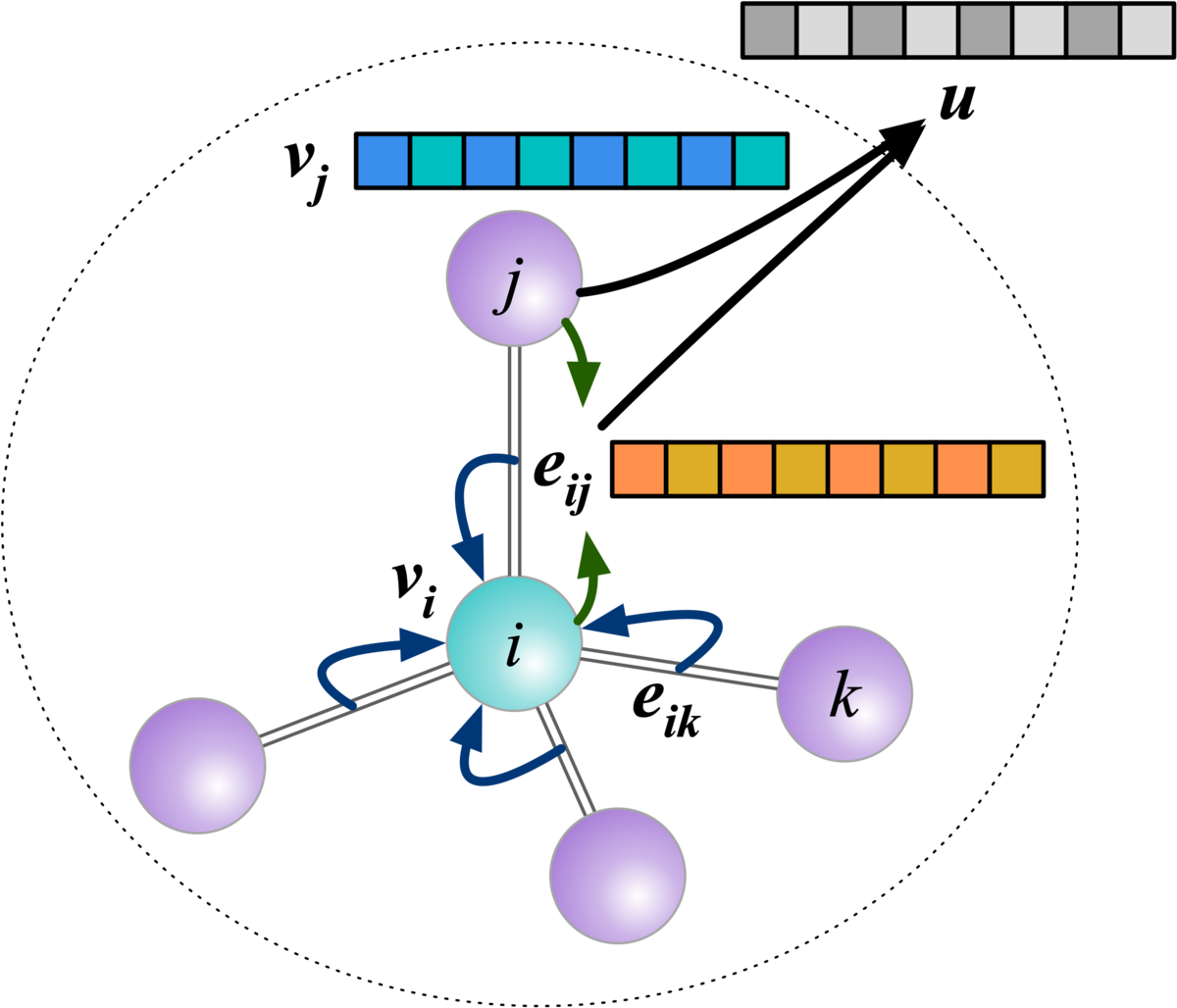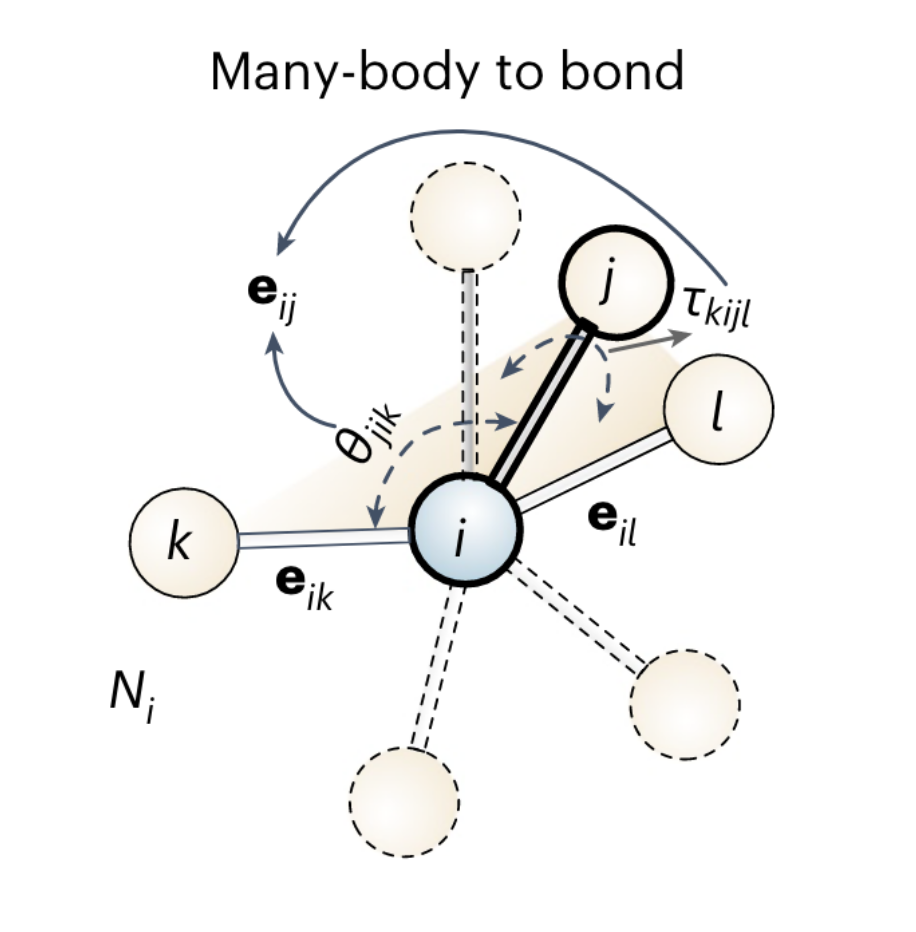NUS Seminar Talk on “Universal Machine Learning Models for Unconstrained Materials Design”
Prof Ong gave an invited seminar talk at the National University of Singapore on Jul 5 2023. In this talk, Prof Ong discusses the different ways in which machine learning (ML) can be used to improve or accelerate the various steps of in silico materials design. The general goal is to preserve the universality and accuracy of ab initio approaches as far as possible while achieving orders of magnitude speed-ups and improved scaling. Prof Ong shared his view that graph deep learning models trained on large diverse materials datasets, such as the M3GNet universal potential, are the “foundation” models for materials science. He further argues that the most robust approach is to replace the smallest, most expensive step in the materials design workflow with ML and preserve as much as the physics of thermodynamics, kinetics, etc. in the computation of materials properties.


